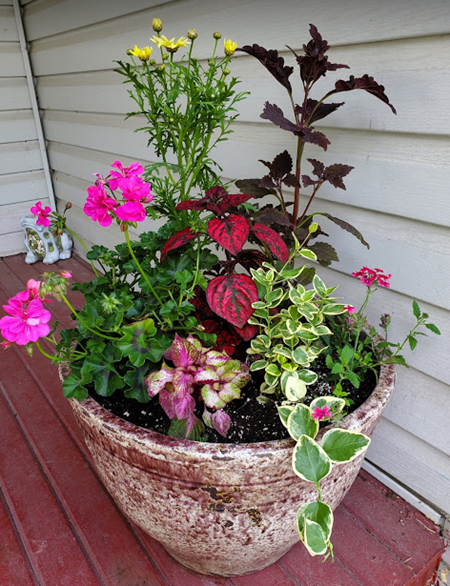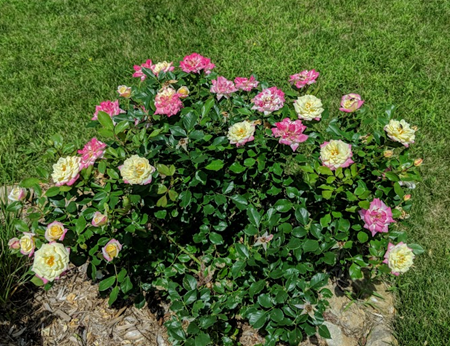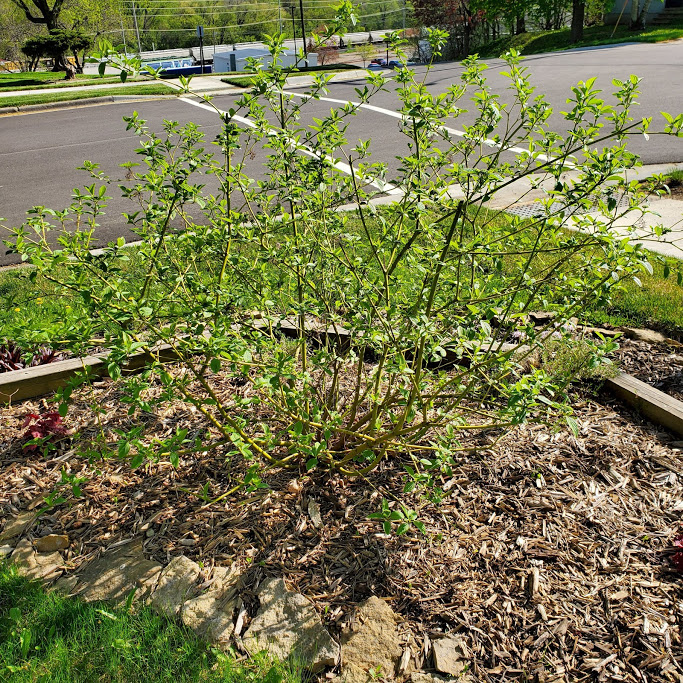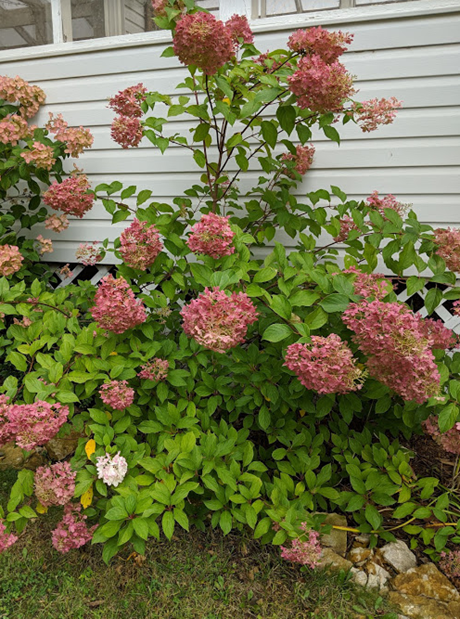Click below to listen to my 2 min. Garden Bite radio show: Feeding your shrubs
Audio PlayerAnother area I’m not so consistent at is feeding my shrubs. Yesterday we established that it’s a good idea to feed your container plantings and your other herbaceous plants, just don’t burn them.

As for shrubs, well, they could use some food too but there are some caveats, we’ll get to those.
Keeping plants healthy also helps lower opportunities for disease and insects to do damage.

A caveat to fertilizer response is the environment your shrubs are grown in. For instance, according to Proven Winners, soil fertility, aeration, drainage, exposure to sun and wind, temperature of the site, and proximity to buildings, walks and streets are but a few of the many factors that influence plant growth. The link above takes you directly to a much more comprehensive overview! Valuable information.

Three important pieces of information from Proven Winners about fertilizing your trees and shrubs:
- Research has shown that about 3 lbs. of actual nitrogen, the element most responsible for vegetative growth, per 1,000 square feet per year is all that is needed to maintain the health of woody plants in most landscape situations. If foliage color, annual growth or general vigor is not normal, collect foliar samples, have them analyzed and follow the recommendations that come back with the results. Otherwise, use the suggested rate as a guide.
- In the landscape, plants are fertilized in spring and fall. Fertilizing twice a year is preferable to the common practice of fertilizing every two to three years.
- The best time to fertilize is fall, generally after the first hard freeze in September or October. The next best time would be before growth begins in early spring, usually between March and early May. If fertilizer is not applied in the fall or the spring, it may be applied up to July 1. Fertilizer applied after July 1 could promote a late flush of growth that may not have time to mature before freezing temperatures occur in the fall.
For the first couple of years, we fertilize to increase height and width of our shrubs, after that, it’s really more about lushness.

